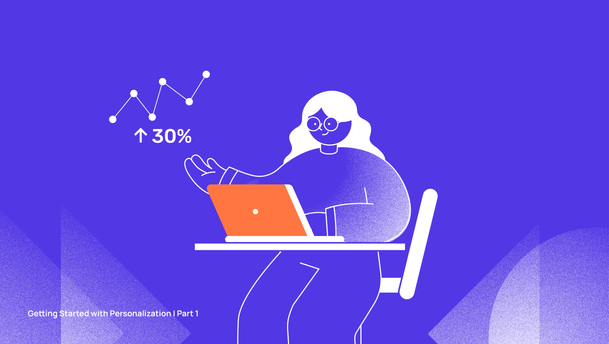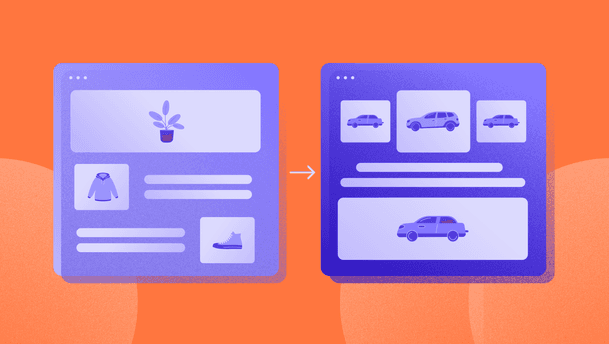Some things are just not meant to be together like oil and water. But sometimes, things that CAN work together are mistakenly kept apart.
For example, people once thought solar power couldn’t fuel entire cities, or that online shopping would never replace physical stores. These ideas seemed fixed, until innovation showed otherwise, changing how we live.
The same misconception existed in headless web development: that content management systems (CMSs) and personalization couldn’t coexist in one system. For years, they were treated as separate worlds. Businesses often had to integrate multiple tools—CMSs, customer data platform (CDP) , and personalization engines—to deliver customized digital experiences. This process was complex, costly, and time-consuming, requiring heavy developer involvement. As a result, many digital teams avoided it, thinking it was too complicated and expensive.
However, this view is changing.
Advances in headless CMS platforms are bringing these two functions together, making personalization easier to implement and accessible for businesses of all sizes, not just the few who can afford it, and enabling the creation of personalized web experiences on a mainstream scale.
Why personalization matters now more than ever
Personalization has long been a cornerstone of industries like e-commerce, where platforms like Amazon or Spotify have set high standards for tailored user experiences. However, this trend is rapidly expanding to other sectors. Today, more industries—from media to healthcare and education—are beginning to embrace the value of personalization.
A McKinsey report found that 71% of consumers now expect personalized interactions across all online experiences, not just when shopping or streaming content. What was once a differentiator is quickly becoming a baseline expectation for users, regardless of the website's purpose. Whether visiting a news site or an educational platform, users now want content that is tailored to their preferences, needs, and behavior.






